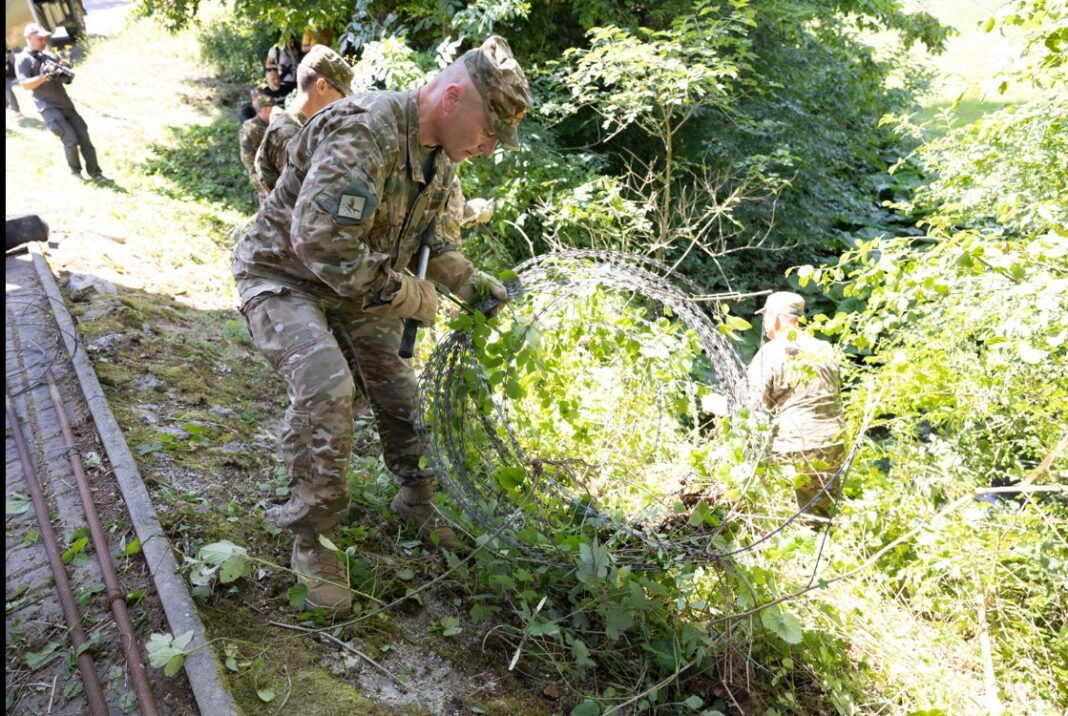By Andrej Žitnik (Nova24tv.si)
Robert Golob’s government is removing the fence on the border with Croatia and will allocate 2.5 million euros for this. Andrej Rupnik, an expert on security issues, said in Odmevi show on Television Slovenia that such fences have been erected by many countries in Europe and the world since 2016.
In Friday’s Odmevi show on RTV Slovenia, presenter Rosvita Pesek took a closer look at the increased number of illegal border crossings this year and the removal of the 52-kilometer-long fence on the border with Croatia. The fence was erected seven years ago, when between 4,000 and 10,000 migrants entered Slovenia daily.
Golob’s government, which came to power mainly with hatred and promises to nurture hatred towards the government of Janez Janša, began to remove the fence with the excuse that technical barriers have not proven to be effective so far. Meanwhile, Minister Tatjana Bobnar promised that migration would be reduced through in-depth cooperation with the international community and changed tactics of the Slovenian police.
By the middle of this year, there were more than 6,000 illegal crossings of the Slovenian border. This is a 75% increase in illegal arrivals compared to the same period last year.
The increase in migrants is also reflected in requests for accommodation. The vast majority do not stay here. They continue their journey to other European countries. The direction of the crossings has also changed, the Koper area is most at risk. The structure of migrants is also different, most of them are from Afghanistan, India, and Cuba.
The military removes about 93 meters of fence per day. Locals react differently. The mayor of Ilirska Bistrica, Emil Rojc, strongly opposes the removal of the fence.
Migration on the Balkan route increased by 45 percent this year
Andrej Rupnik, an expert on security issues, came to the studio from Logatec. “In the last few years, the numbers have been increasing again. It is a little worrying that we are approaching the numbers from 2014. There was an increase then, and in 2015 and 2016 we saw an exodus of people crossing the border illegally,” he said.
According to Rupnik, it is difficult to predict whether a similar fate awaits us as in 2015 and 2016, but it is true that the situation in the Middle East is not calming down. On the other hand, economic and climatic conditions are also deteriorating. Rupnik emphasised that until the end of the year we will most likely not see a decline in migrants. Opposite, data from the Frontex agency show that migration on the Balkan route increased by a total of 45 percent this year.
When asked by presenter Rosvita Pesek what the security expert thinks about the removal of the fence, Rupnik said: “Technical barriers are not something new, but the trend of erecting fences has increased in Europe and elsewhere in the world. In 2017, approximately 70 such fences were erected on state borders in various countries.”
Taxpayers will pay 2.5 million euros to remove the fence.

